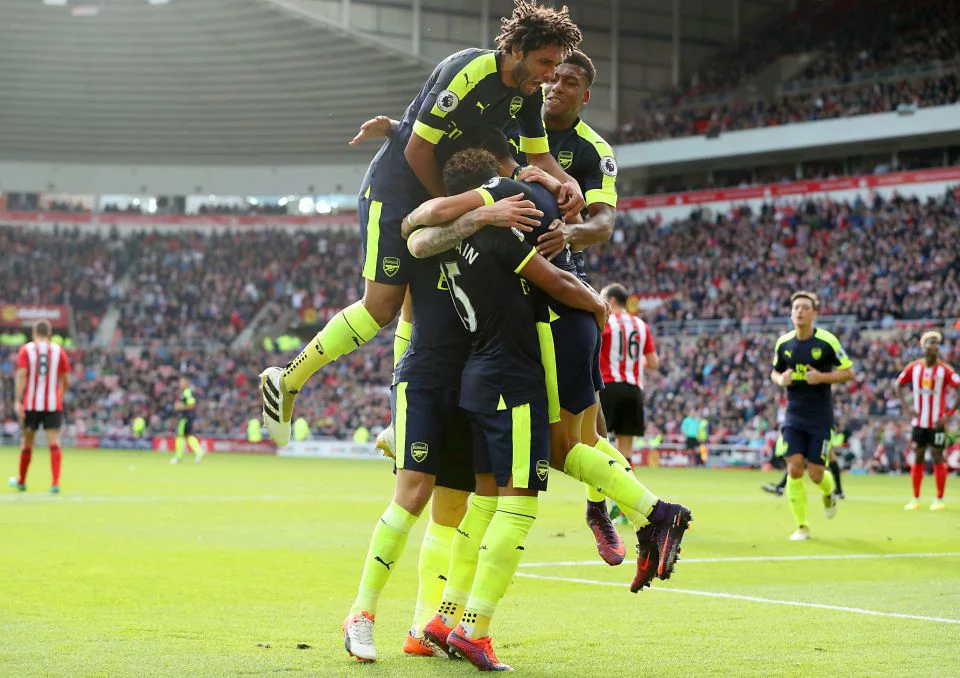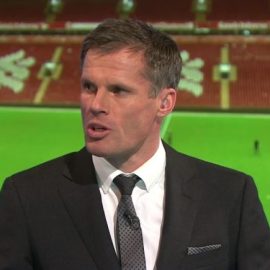As I watched Arsenal succumbing to a second-string Southampton side at a dreary and sparsely populated Emirates Stadium on Wednesday night, my mind drifted back to a League Cup game from a decade ago.
It was a mid-week fixture between Arsenal and Wigan, and it was freezing, but the stadium was packed (aside from empty seats in the Wigan end) with a frenzied atmosphere. Wigan scored in the last minute of extra-time, and Arsenal got knocked out. But it was fun. We saw a Van Persie pearler, an Henry header, Wigan fans almost storming the pitch, and dejected Arsenal players slumped to the floor at the final whistle.
On Wednesday night, there was no Van Persie, no Henry, little noise, and no dejection. There was Lucas Perez, Reine-Adelaide, and a few weary sighs of resignation.
It got me thinking, from the perspective of a fan’s experience, what are the benefits of our move to the Emirates Stadium?
The club said that we would experience “better facilities”. They also said that all seats in the new stadium would provide a good, unobstructed view. The club said that thousands of Gooners, hitherto frustrated by limited ticket availability, would finally be able to regularly watch their team. They said accessibility would be improved. These promises were all fulfilled.
But at what cost?
We have better facilities, so people hang around the concourse until 5 minutes into the second half. We have softer seats with great views, so people stay sitting on them. We have speedy electronic turnstiles to expedite increased attendances, so no-one sings in solidarity as the tension in the queue builds outside.
And most importantly, we no longer watch Arsenal at a place called Highbury. We watch them at The Emirates Stadium.
Arsène Wenger once said, “I believe the big clubs worry about values and identity.”
And they do.
Liverpool know the value of Anfield and what it contributes to the club’s unique identity. Accordingly, despite facing similar issues to those Arsenal faced while at Highbury, they declined to sacrifice their soul to make a quick buck. Instead, they opted to stay put, increase the capacity of the famous old ground and maintain its iconic Anfield moniker.
Manchester United have taken the same route. Gradually, they have increased the capacity at Old Trafford, never considering a name sponsor, aware of the damage this would do to the club’s identity and commercial power.
If Arsène Wenger’s big club criteria test were taken by Arsenal, they would fail it. By moving to The Emirates, they didn’t worry about values and identity; they worried about money. But, with hindsight, the money argument doesn’t hold water and smacks of short-termism. Especially when one considers, if you excuse for a moment the unsettling notion, the club as a brand.
A brand is sold on its values, on what it represents. The Manchester United brand represents triumph in the face of tragedy. The Munich Air, disaster followed by a European cup — an irresistible money-spinning renaissance. The Real Madrid brand represents glitz, bravado, and the elite. The biggest stars from Di Stefano to Puskas to Cristiano Ronaldo and the Zidanes and Beckhams in between.
The Arsenal brand, through Highbury, could have represented a commitment to heritage. A century-old Grade II-listed building tucked into narrow North-London streets, lined with terraced Victorian housing. The coal-man’s horse and cart, reportedly buried beneath the North-Bank. The marble halls. The tradition. The name. Highbury: a more commercially viable product than an identikit European-style bowl stadium named after a Dubai-based corporation. Values must be carried through generations to cement them within an idea or a culture. Arsenal had those values already — through Highbury.
What if, on Wednesday night, we were sat in an expanded Highbury instead of The Emirates? Would the passivity among the fans have been infiltrated by the aura of the arena? Would everyone have been reminded of who we are, what this club means, and the standards it has set?
If those at the helm of the club are willing to hand over its identity to an Airline operator for a fat cheque, does this indifference to the club’s heritage filter down?
Maybe it’s just a name. Maybe Highbury was just a building. Maybe, we still would have lost two-nil.
But at least there would have been a dejection among the players. At least there would have been a sense of shame at their sub-par performance on a history-rich stage where so many greats have shone. At least we would have seen them slumped on the turf, like they were against Wigan a decade ago, desperate for an extra five minutes to put things right, instead of swiftly exiting into the warm bowels of the luxurious Emirates facilities amid the low din of a disconnected crowd.
Add Sportslens to your Google News Feed!







